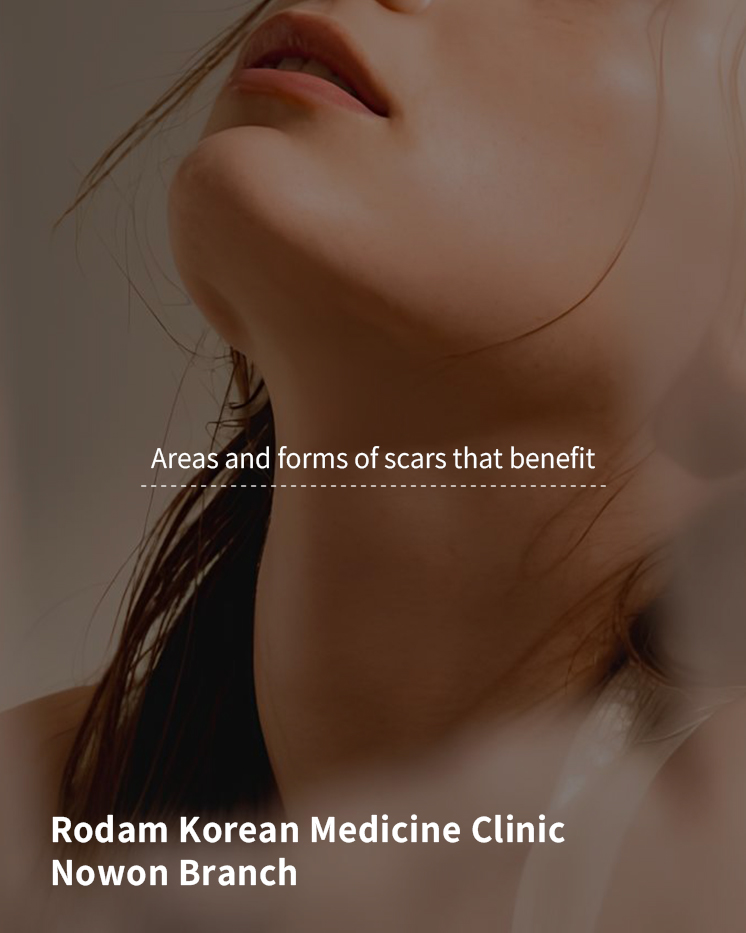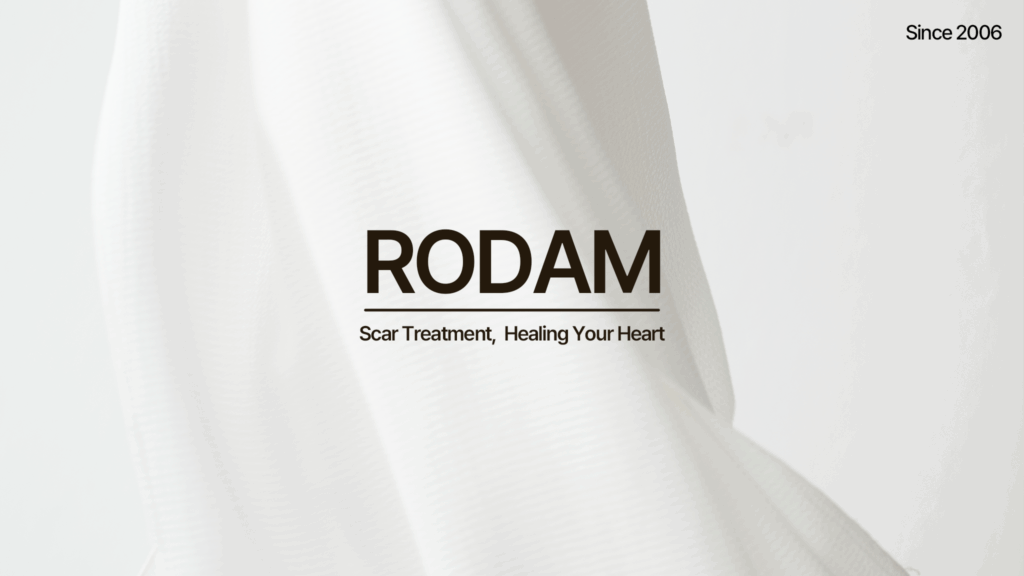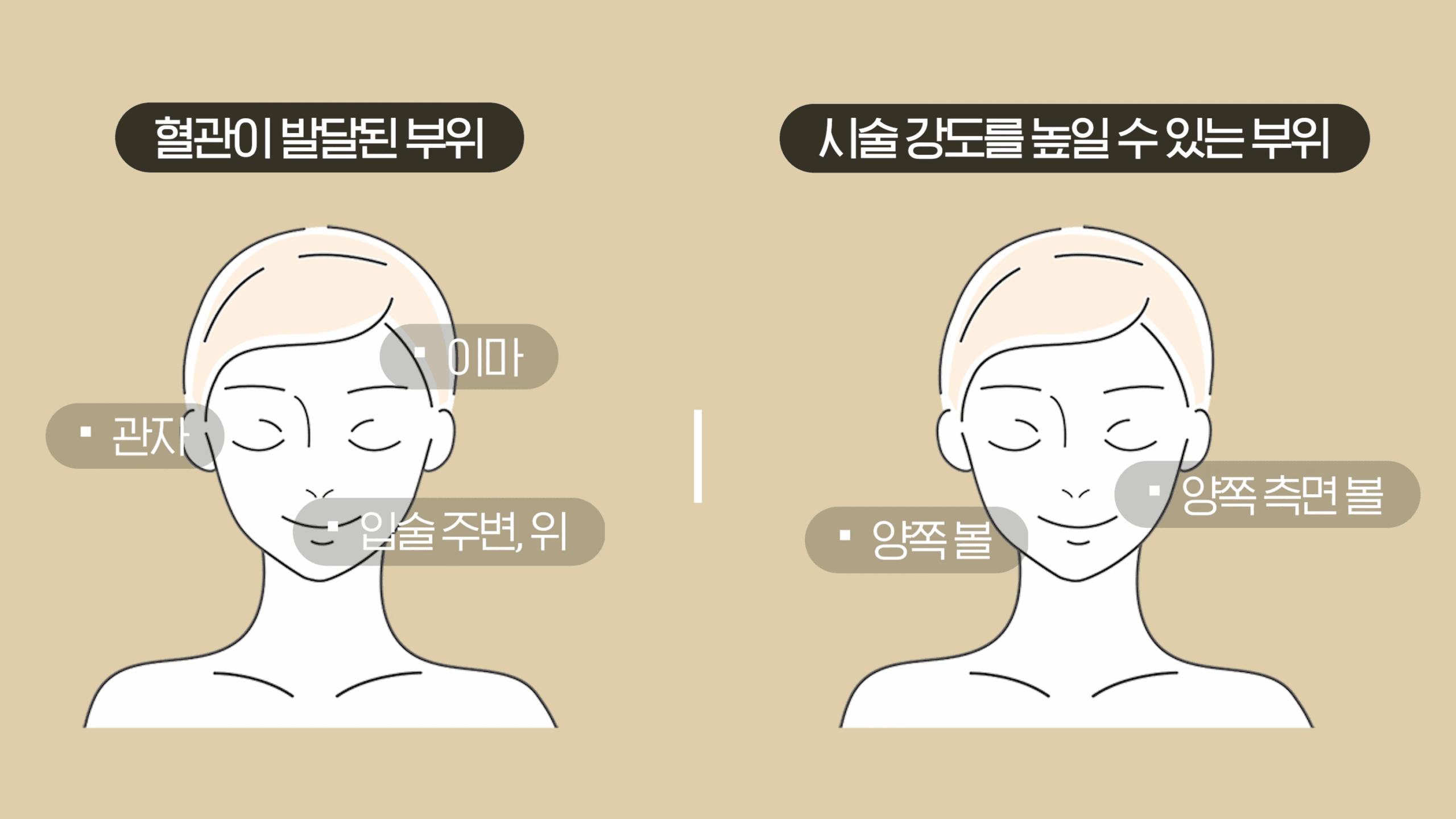
Scar areas and forms that can be treated with coratherapy explained by the doctor of Nowon Korean Medical Clinic

Hello, this is Dr. Seungyeop Lee from Rodam Korean Medicine Clinic, Nowon branch.
Facial scars caused by acne scars, chickenpox scars, etc., often become a source of psychological stress for many people compared to scars on other parts of the body.
Coratherapy is one of the methods to improve such scars, and
interestingly, the treatment effects vary depending on the area of the face.
Therefore, today I would like to discuss which areas and types of scars respond best to Coratherapy for treating depressed scars.

Areas where Coratherapy is effective

Coratherapy stimulates the scar area to promote regeneration and encourage new skin growth.
During this process, regenerative substances like blood respond to fill the scar area.
Thus, there are two main characteristics of areas where Coratherapy is most effective.
First, areas with well-developed blood vessels from the beginning, and
second, areas where the treatment can be applied more intensely to induce significant bleeding.
Areas with well-developed blood vessels include the forehead, temples, and areas around and above the lips.
Areas where the treatment intensity can be increased include both cheeks and the lateral sides of the cheeks.
Among these, the areas with the best treatment effects are ranked as follows:
1. Outer cheeks (most effective)
2. Front cheeks
3. Forehead
4. Temples
These areas have good blood flow and are rich in microvessels, making them highly effective for regeneration after Coratherapy.
On the other hand, areas with thin and delicate skin or areas with frequent movement tend to have slower treatment effects.
Examples include the philtrum (area between the nose and lips), around the eyes, and the nose.
These areas may regenerate more slowly or face challenges during the treatment process due to their skin characteristics.

Scar types that respond well even in slower areas
However, even in areas where regeneration is slower, certain types of scars can still be effectively improved.
In particular, scars that are not fused with sebaceous glands tend to recover well through treatment.
For example, nail scars, chickenpox scars with clear boundaries, and shingles scars
are relatively simple in shape and have distinct edges, making them respond faster to treatment.
Additionally, depressed scars from mole removal or plastic surgery with clear boundaries
also show good results with Coratherapy, as the skin fills in effectively.

Coratherapy is not just a procedure that involves pricking scars.
It is a customized treatment that maximizes regeneration effects by applying cross-stimulation tailored to the scar’s shape.
By adjusting the angles, rotation, and injection direction, it stimulates the skin’s natural regenerative ability to produce new skin.
The newly formed skin does not sink back, which is a significant advantage.
Because it is a delicate treatment, the effects can vary greatly depending on where you receive it.
If you are concerned about scars, it is important to get an accurate diagnosis and create a personalized treatment plan
that considers your skin type, scar characteristics, and lifestyle habits.
I hope this post has helped alleviate some of your concerns about treating depressed scars.
If you would like more detailed information, please check out the ‘Rodam Korean Medicine Clinic’ YouTube channel.


